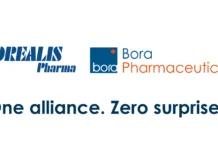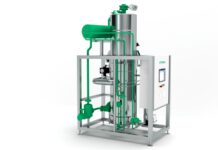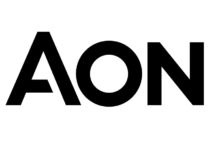It is projected that the market for pharmaceutical contract manufacturing organizations (CMOs) would expand at a compound annual growth rate (CAGR) of 7.29 percent until the year 2028. This rise may be ascribed to the expanded pharmaceutical industry, which is being driven by the growing use of analytics by contract manufacturing organizations (CMOs). A growing number of pharmaceutical businesses are coming to the realization that working together with Contract production Organizations (CMOs) for clinical and commercial-stage production might potentially result in increased profitability. The increasing demand for generic pharmaceuticals and biologics, the capital-intensive structure of the business, and the sophisticated production needs are all factors that have contributed to this recognition.
There are a number of causes that are driving the rise of the contract research organization (CRO) business. These drivers include customized medicine, the creation of biopharma firms, the need from consumers for inexpensive drugs, and technical breakthroughs such as artificial intelligence and digitalization. A number of variables, including an increase in medical procedures, improved sickness diagnosis, and shifting working principles, have contributed to the expansion of the spectrum of pharmaceutical outsourcing from fundamental operations to approaches that provide greater value.
The focus is shifting from cost control to value-added services, which has resulted in the redefining of contract manufacturing organizations (CMOs) as contract development and manufacturing organizations (CDMOs). They are brought into closer alignment with the value chain of firms as a result of this change. It is becoming more common to relocate businesses abroad in order to capitalize on developing pharmaceutical markets, which results in a reduction in prices. The manufacturing of the COVID-19 vaccine and the expansion of the biologic pipeline both contributed to the remarkable boom that the CMO industry witnessed, particularly in the parenteral sector specifically.
The outbreak of COVID-19 had a favorable impact on the market since pharmaceutical firms were forced to supply vaccine doses for the whole population of the world in a short amount of time. It was because of this transition that firms prioritized the manufacture of vaccines, which resulted in the removal of non-COVID-19 biologics from their private manufacturing networks. Due to the immediate need for COVID-19 vaccines and medications, contract manufacturing organizations (CMOs) quickly secured production agreements.
The market is anticipated to be driven by rising investments in research and development (R&D), considering the trends that are currently occurring. The United States of America is a big pharmaceutical market that contributes significantly to expenditure on research and development. To better serve outsourced firms, chief marketing officers are making investments in new buildings and technology. As a result of cheaper prices in comparison to developed nations, the Asia-Pacific region is positioned to witness the largest growth in the clinical research organization (CRO) market. Additionally, the region is home to a high incidence of chronic illnesses and a greater availability of expertise for clinical trials.
There are a lot of different vendors competing for market share in the pharmaceutical CDMO industry, which is a competitive business. As a result of this rivalry, service pricing is impacted, and businesses are compelled to provide full services in order to obtain a competitive advantage. By establishing hurdles for new entrants and increasing the level of competition, established chief marketing officers who have a financial advantage are in a good position to engage in these activities.




















